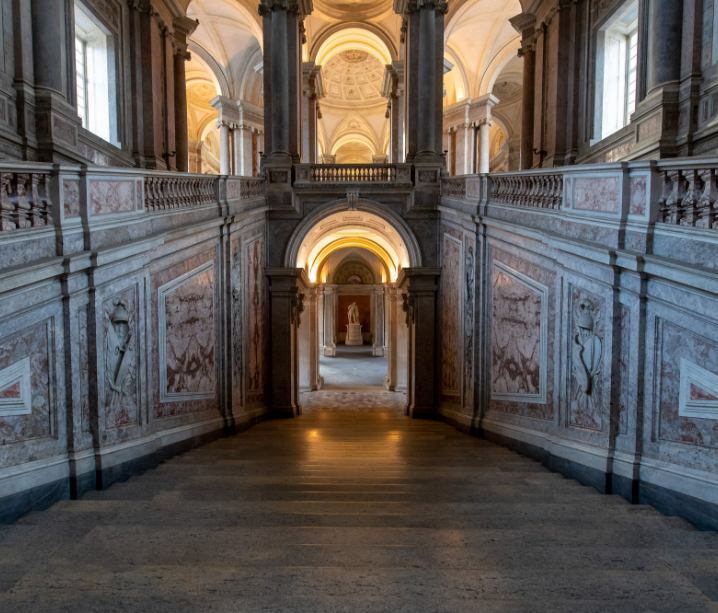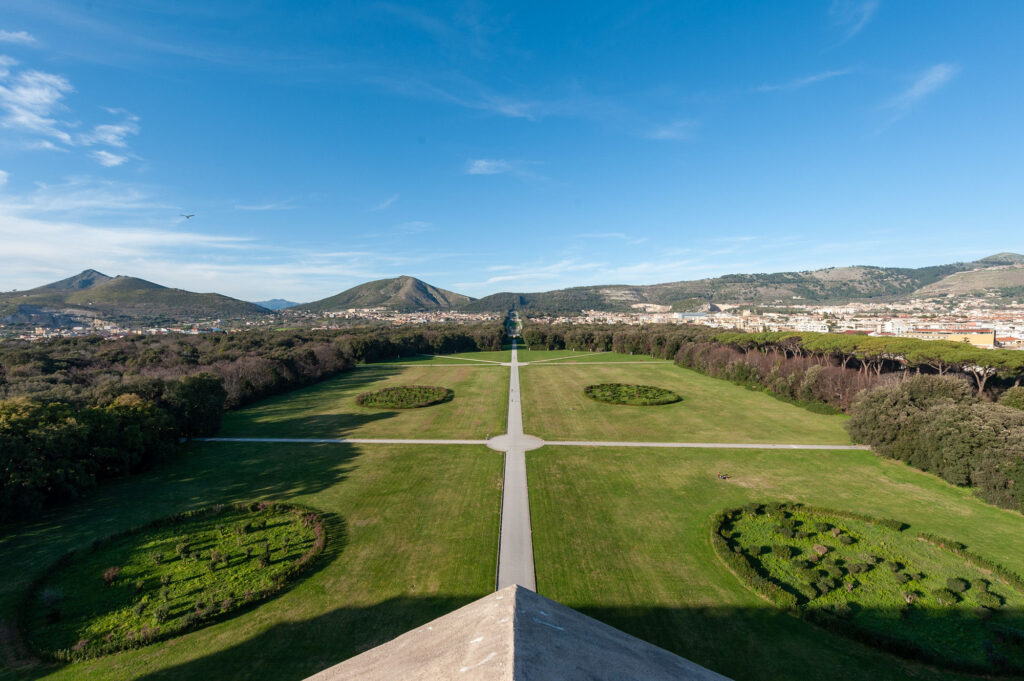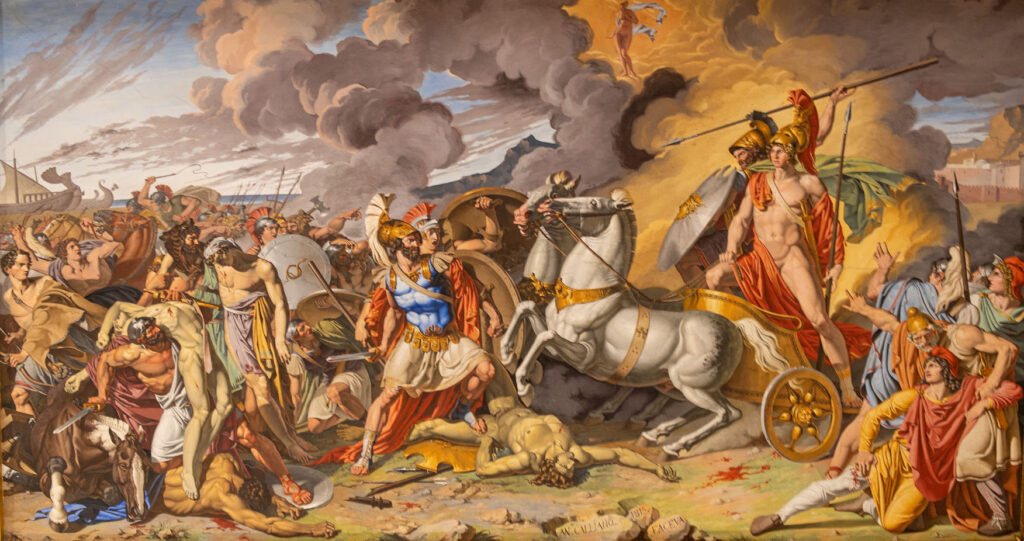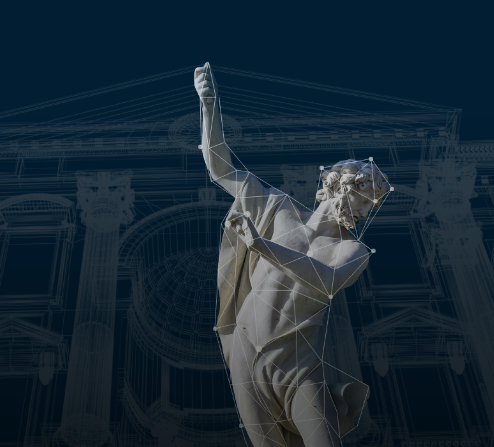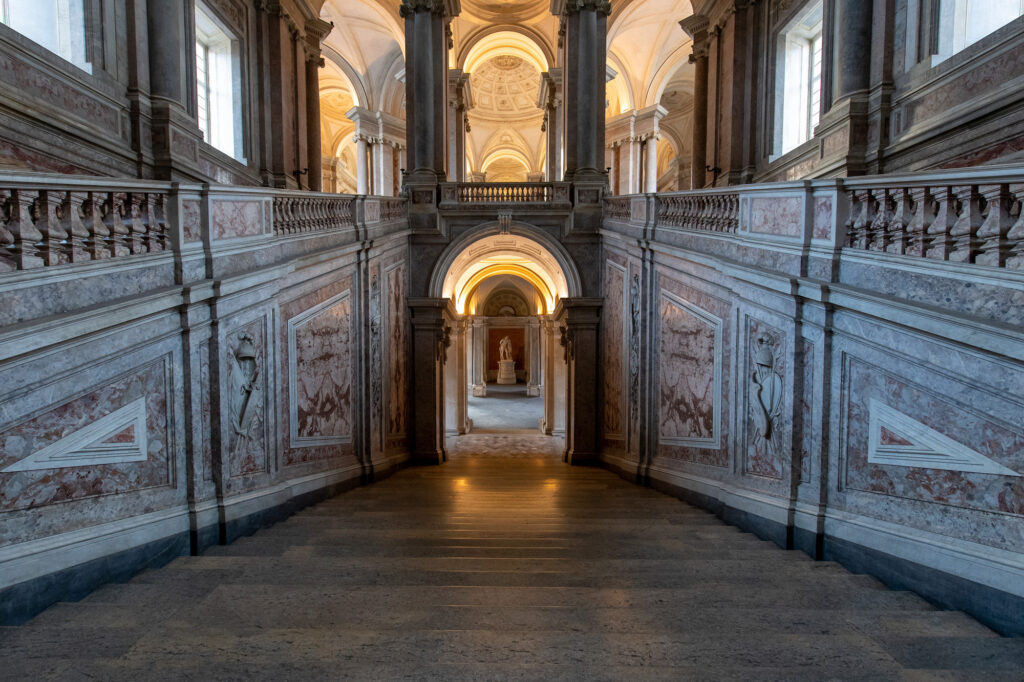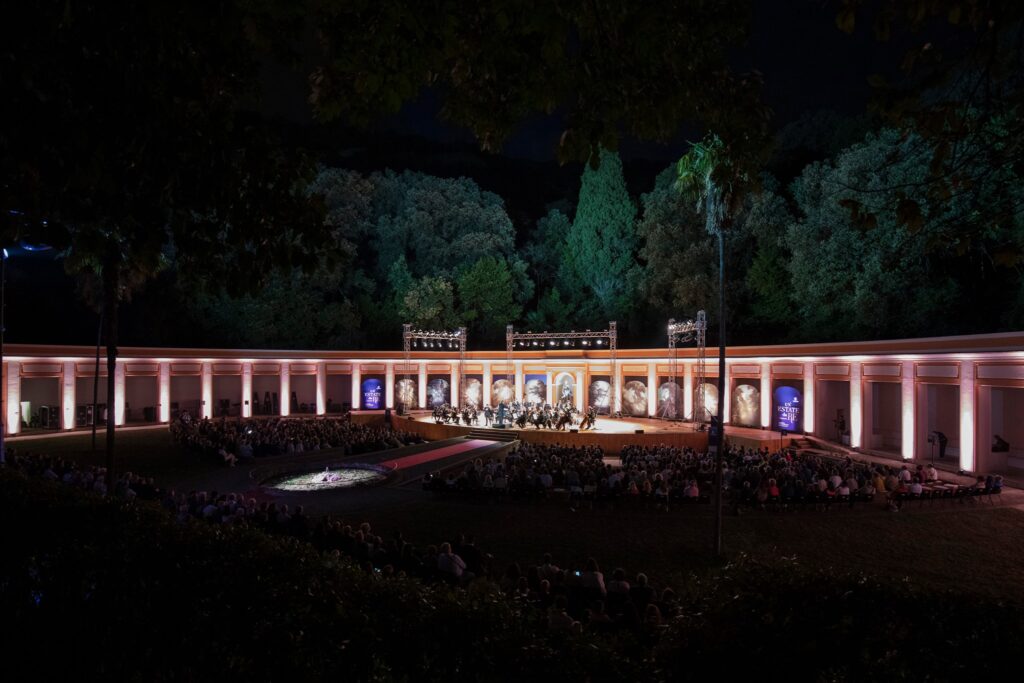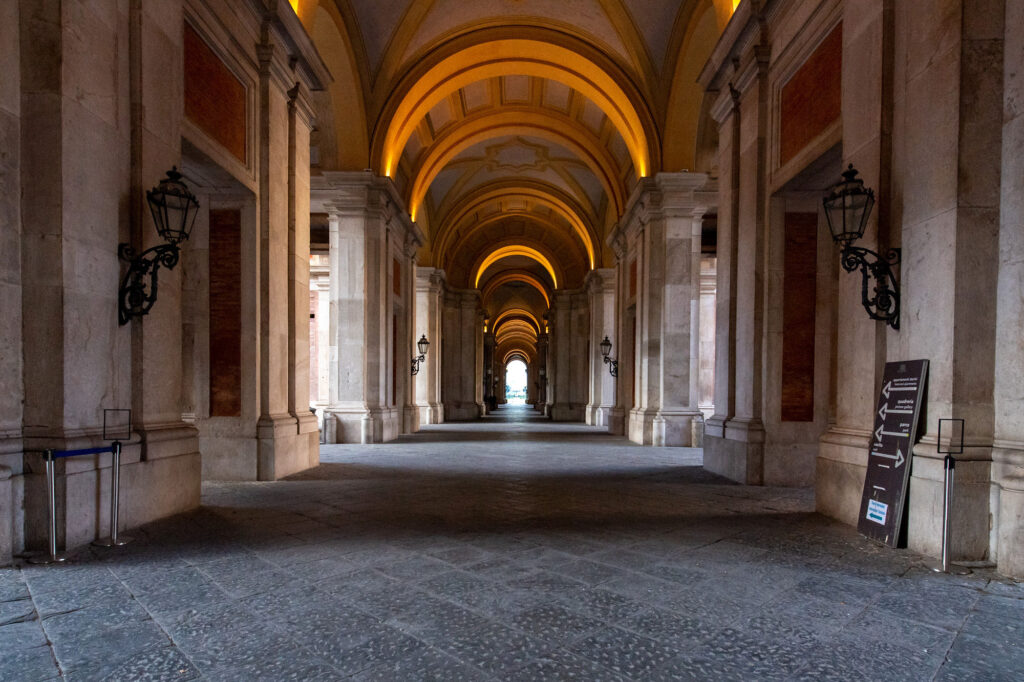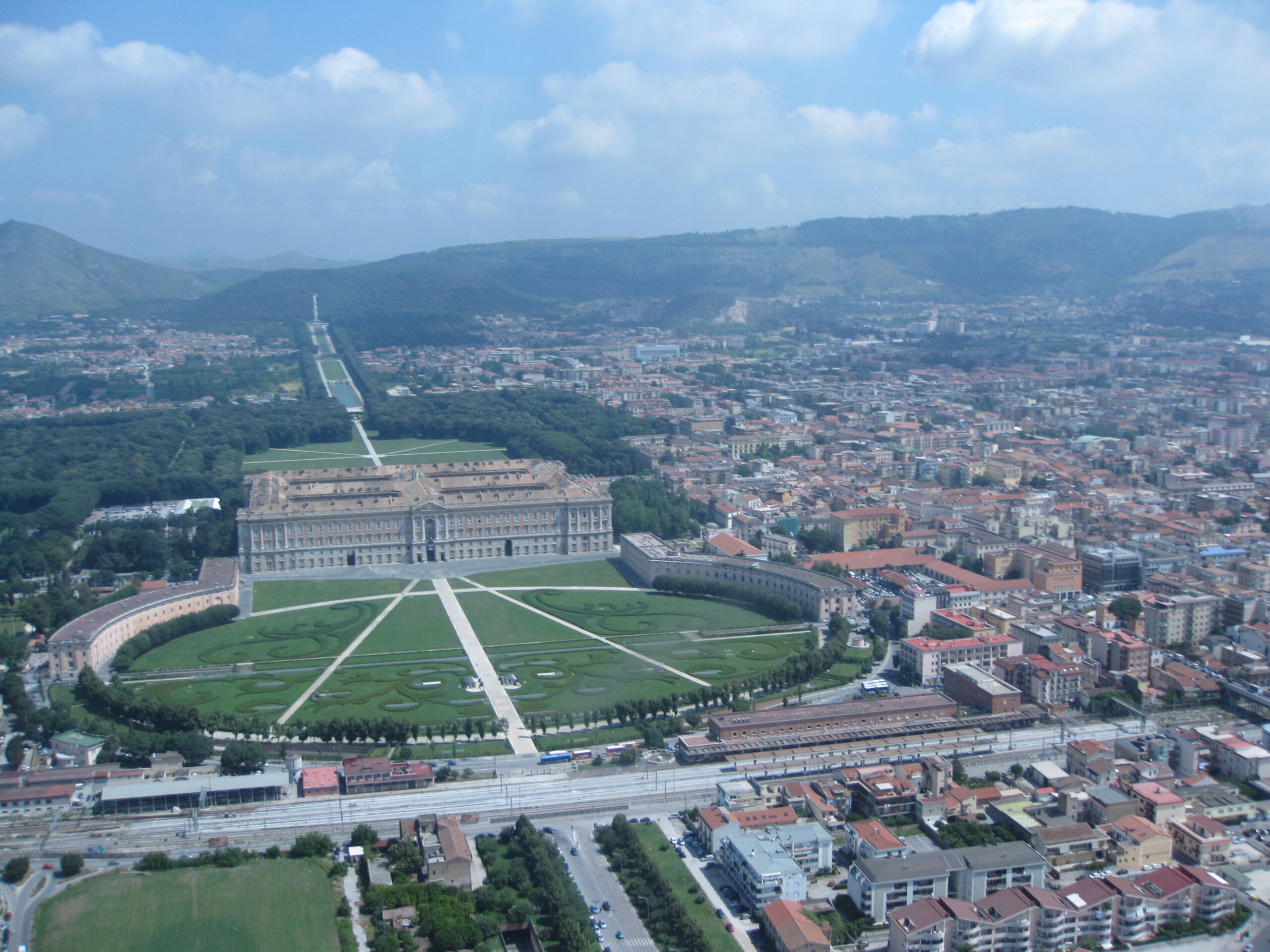The city around the Royal Palace
The city of Caserta was born from Torre, a residential area characterized by the presence of a defensive tower, located on the edge of the plains called “Terra di Lavoro”. Its development is linked to the progressive loss of importance of Casertavecchia, the center of a fiefdom consisting of a series of farmhouses, including Torre. In 1327 the lords of the fief, the Della Rattas, transformed the farmhouse tower into a stately residence: Torre began its evolution. At the end of the sixteenth century the fiefdom administrative centre and courthouse moved there while its new owners, the Acquavivas, restored the palace built by the della Rattas and made it the centre of their lordship. In 1750, King Charles of Bourbon bought the “State” of Caserta for 489,348.13 ducats. His plan to make the city of Caserta the new administrative centre of the Kingdom will change the fate of the entire area.
 Find out more
Find out more
Feudal Exchanges
Over the centuries Caserta passed from one house to another. From 1317 to 1509 the fiefdom was owned by the Della Rattas. In 1509 the marriage between Caterina della Ratta – the last descendant of the family – and Andrea Matteo d’Acquaviva – Duke of Atri and Count of Conversano – marked the passage of the fiefdom to the Acquaviva family. Under this lineage Caserta reached a certain development and in 1579 it became a principality. In 1634, with the transfer of the property to the Caetani di Sermoneta, Caserta begins a moment of decline and downfall which culminates with its sale.



The Purchase Of Caserta
On the 29th of August 1750 Charles of Bourbon bought the “State” of Caserta. It comprised of not the city of Caserta, but also the neighboring hamlets: Casertavecchia, Sommana, Casola, Pozzo Vetere, Casolla, Mezzano, Piedimonte, Tuoro, Santa Barbara, Garzano, Puccianiello, Sala, Briano, Ercole, Aldifreda, San Clemente, Centurano, Thirteen, Falciano and San Benedetto.



The New Caserta
In addition to the design of the Royal Palace of Caserta, King Charles also entrusted Luigi Vanvitelli with the design of an urban plan for the city. The first sketch produced by the architect bears the inscription “Caserta Nuova” and presents a city structured in a rational way, in line with the most recent Enlightenment ideas. In 1759, with the departure of King Charles for Spain, the project for the city underwent a downsizing.



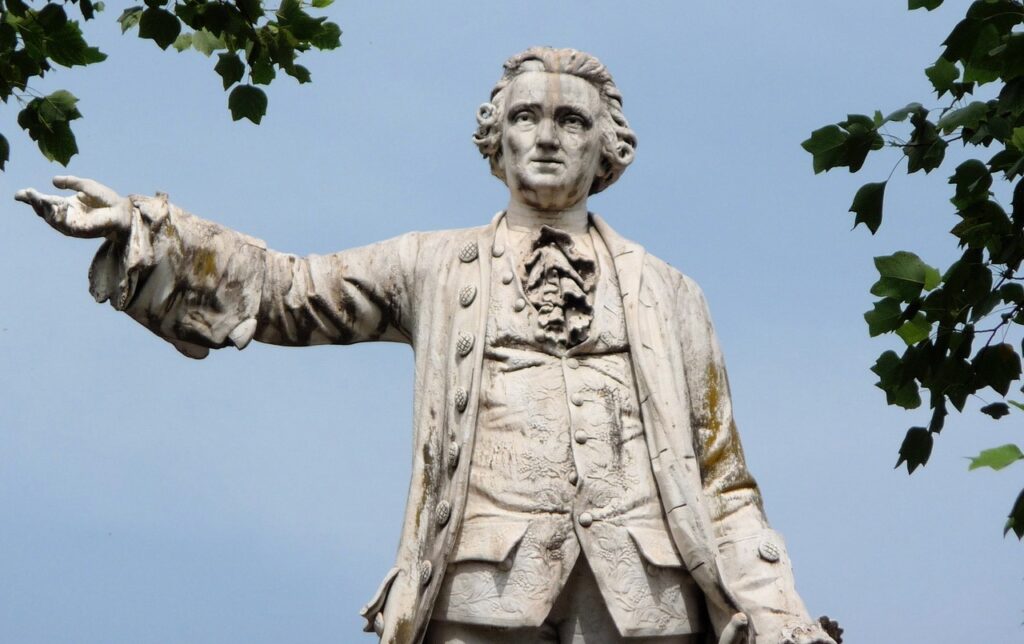
Caserta Today
Nowadays in Caserta one can admire the monument honouring Luigi Vanvitelli, located at the centre of the homonymous square where there also is Palazzo della Prefettura, once the residence of the Acquavivas. Nearby in Via Mazzini, is the medieval complex of Sant’Agostino, home to Mac3, the city’s contemporary art museum. From Piazza Dante an axis allows you to reach Piazza IV Novembre where the War Memorial built by the architect Manlio Felici and inaugurated on 21 June 1927 by the Podestà Giovanni Tescione is located.








